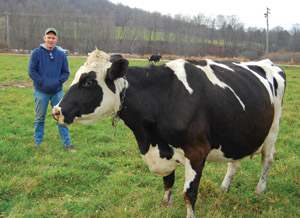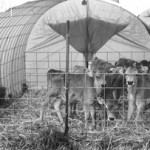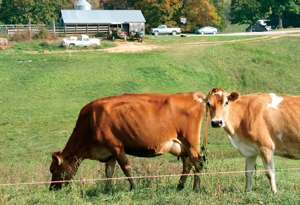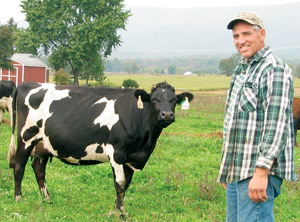Lower costs and better grazing contributing to improved profitability
By Jon Bansen Monmouth, Oregon—Many years ago I heard the statement that it takes 20 years to become a good grazier. So as we approached 20 years of intensively managed rotational grazing, the running joke around our farm was that I’m almost a good grazier. I shouldn’t have been so smug: As we start Year 21, I feel I’ve learned more grazing lessons this past year than in any other since the very first one here.
What changed? I decided to eliminate almost all grain and stored forage from the milking herd’s diet during pasture season. We’re now down to feeding two pounds of daily grain/cow and no stored forage during the grazing months. Continue reading “The hidden benefits of feeding less grain”




